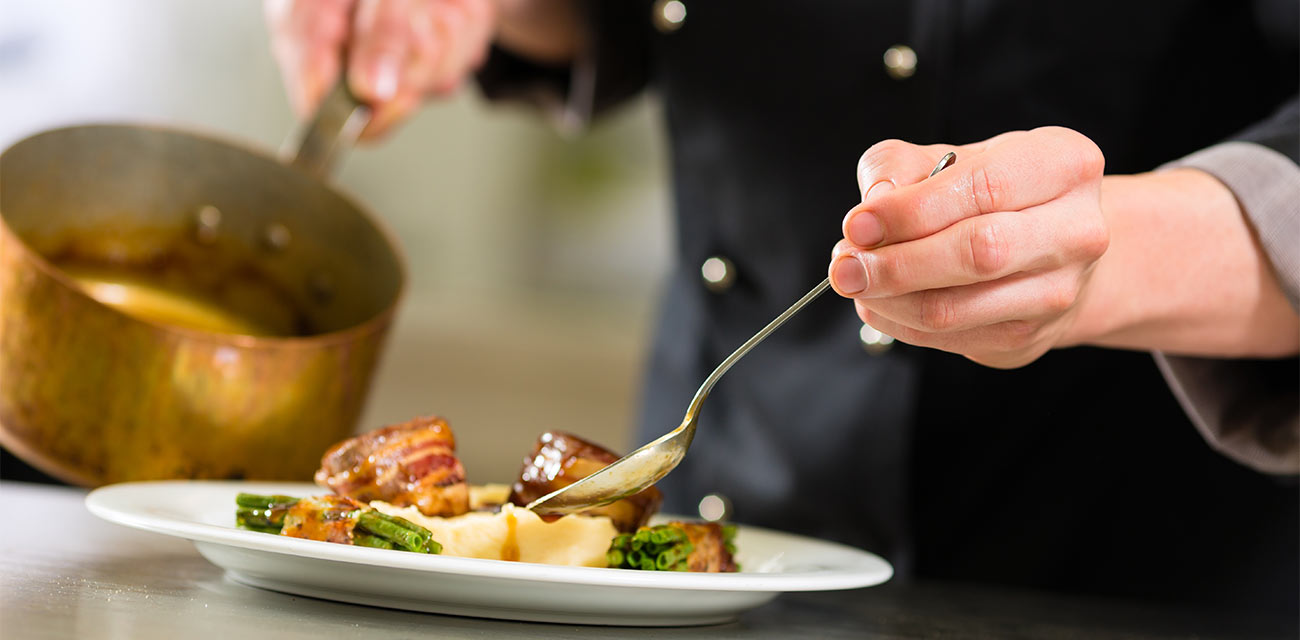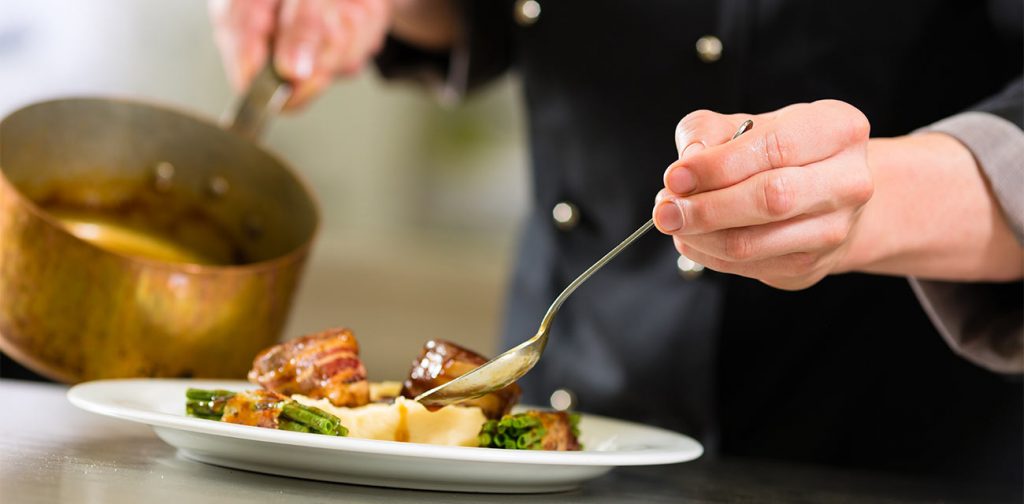Restaurant Cost Controls
The success of your bar or restaurant depends on cost control as much as it depends on quality of drinks, food, service and the convenience of your location. As the owner of any establishment, you have a slim margin within which to work. The National Restaurant Association reports that in food service the average profit per dollar is five cents. Attribute most of that tiny margin to food costs and you have an overarching reason to control costs.
Beverage and food costs range between 25 to 40 percent of an establishment’s total costs. Similarly, labor amounts to 25 to 35 percent of the total operational budget. These two prime costs provide an option for cost reduction, but you can’t feasibly fire all the bartenders and wait staff. That leaves reducing food costs without harming quality. To do that, implement both the basics and the latest trends in cost management.
Basics in Bar and Food Cost Reduction
Adhering to the basics consistently benefits your business. You need to keep food quality high without spending more.
- Work with a diverse number of suppliers and vendors to avoid the effects of price or availability fluctuations and cost structure changes from a single vendor. This also lets you price shop.
- Implement receiving controls like quantity and weight checks to ensure accuracy. This ensures your delivery matches what you paid for on the order. Return damaged items and follow up to ensure you receive credit.
- Plan the menu with profit in mind. Choose popular options that cost less. Price them reasonably in a way that provides you profit but gives the consumer a reasonably priced meal.
- Offer a buffet or salad bar but implement cost controls on it. Cost out the buffet to determine your cost per customer. Comparing this with your buffet cost gives you the profit margin. You can then examine cost control.
- Train your staff in portioning. This applies to pours and food servings. Overpour leads to expenses. Purchase and implement the use of accurate measuring implements and scales. Staff that measures accurately and doesn’t overpour or add extra portions to a plate keeps your costs down.
- With respect to inventory, conduct daily counts. This lets you order more effectively. Use the First In, First Out (FIFO) method to cut waste. Know your needs and order accordingly.
Trends in Bar and Food Cost Reduction
Trends doesn’t refer to trendy food but to new ways to improve upon the basics. Use cutting edge management techniques and tools to reduce costs.
- Check costs of produce and meat options. Embrace price fluctuations and change the menu accordingly. Instituting a number of chicken and pork dishes while prices remain low, for example, keeps your costs low and profit high.
- Use digital inventory apps like BevSpot to spot ordering trends and model ideal quantities. New software used properly can help you cut costs in every beverage and food area.
- Owners without math savvy can use a food cost calculator to calculate the total food cost percentage of inventory.
- Apply the reuse from “Reduce. Reuse. Recycle.” to food once considered unusable. Think outside the box by pulverizing bruised strawberries into sangria or turning stale bread into salad croutons.
Combining these basics and trends in cost-cutting can provide you with a high quality menu prepared from high quality ingredients that costs you about ten percent less than your current expenses. That translates to greater profit for your dining and drinking establishment.
For help with your menu development or food and beverage cost controls contact TRG






